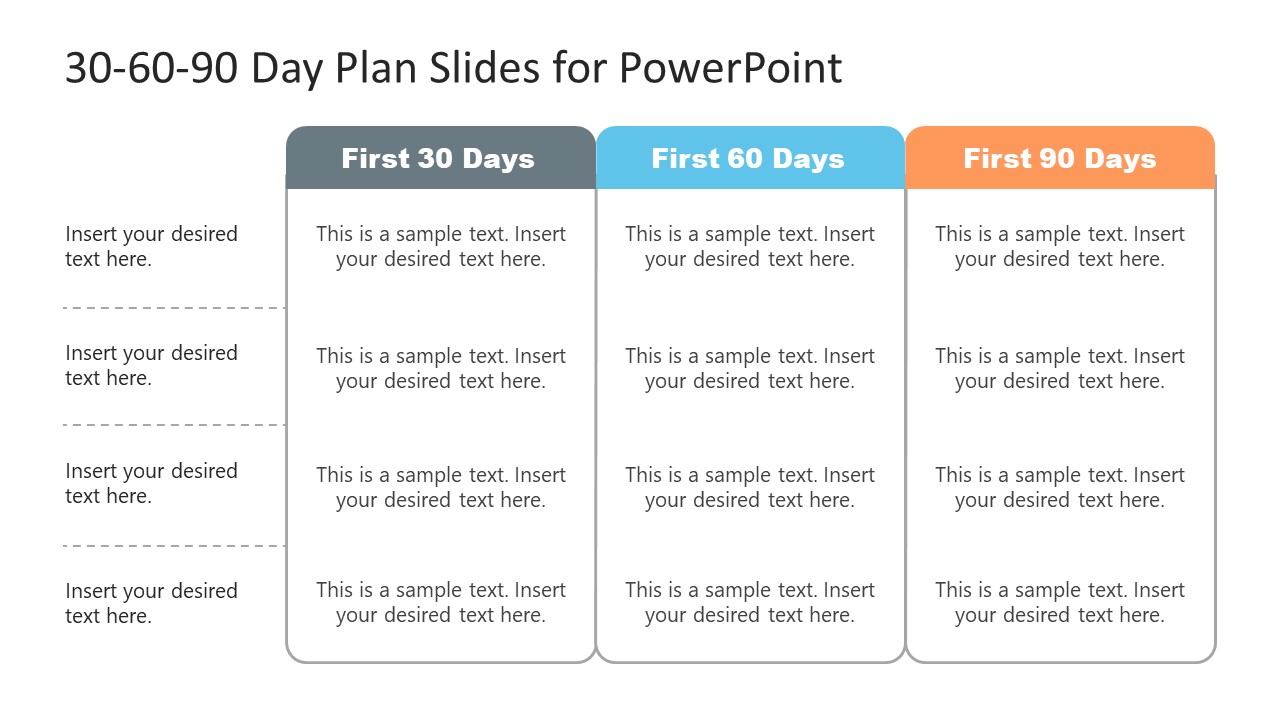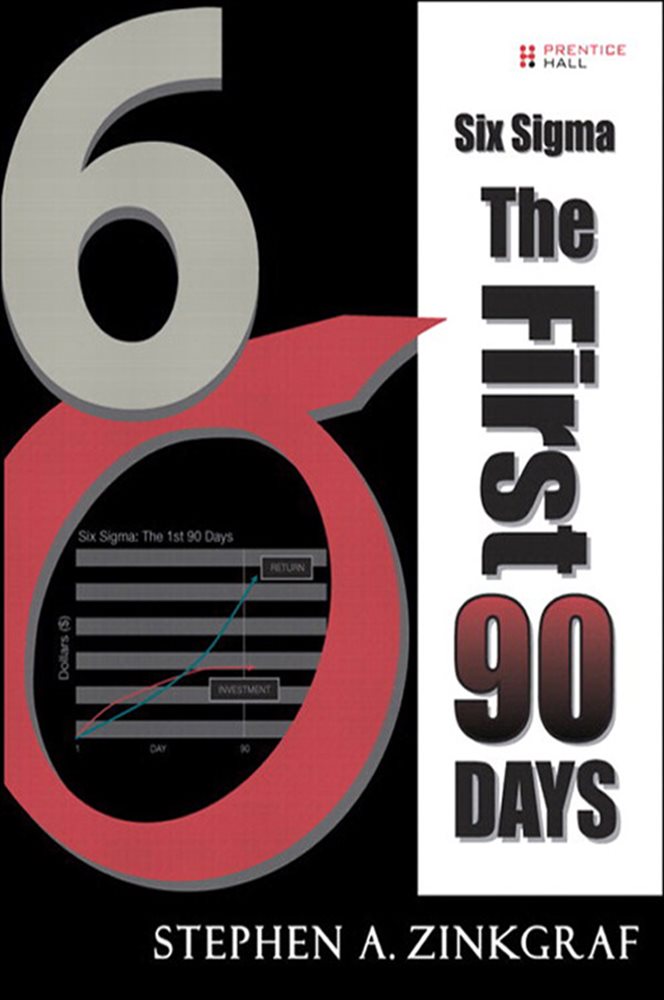Table of Contents
- PowerPoint的30-60-90天计划幻灯片 - 木鱼查询
- When Is Son'S Day 2025 - Eva Norshy
- How to approach your first 90 days | Amazing If
- Mary Jane Chanel 2025 - Eva Norshy
- 2025 Ninja 1000sx 40th Anniversary Edition - Eva Norshy
- Suzuki Cup 2025 Tickets - Eva Norshy
- How to approach your first 90 days | Amazing If
- NEW JOB FIRST 90 DAYS | Elo7 Produtos Especiais
- When Is Son'S Day 2025 - Eva Norshy
- Six Sigma--The First 90 Days by Stephen A. Zinkgraf (ebook)



What are the First 90 Days?



Why are the First 90 Days Important?




Cheat Sheet: Sources of Insight for the First 90 Days
To help you navigate the first 90 days, we've compiled a cheat sheet of sources of insight, including: Harvard Business Review: A leading source of business and leadership insights, with articles and resources on topics such as transition, leadership, and strategy. McKinsey & Company: A global management consulting firm that provides insights and research on topics such as strategy, organization, and leadership. Forbes: A leading source of business and leadership news, with articles and resources on topics such as entrepreneurship, leadership, and career development. LinkedIn: A professional networking platform that provides insights and resources on topics such as career development, leadership, and industry trends. Amazon: A leading online retailer that provides access to books and resources on topics such as leadership, strategy, and personal development. The first 90 days of a new role, project, or initiative are a critical period for achieving success and building momentum. By understanding the importance of the first 90 days and leveraging sources of insight, you can set yourself up for success and achieve your goals. Remember to stay focused, build strong relationships, and establish clear priorities, and you'll be well on your way to mastering the first 90 days.Keyword density: "First 90 Days": 1.2% "Sources of Insight": 0.8% "Leadership": 0.5% "Transition": 0.3% "Strategy": 0.2%
Note: The keyword density is calculated based on the total number of words in the article. The ideal keyword density is between 0.5% and 1.5%. Also, the article is written in a way that is easy to read and understand, with headings, subheadings, and bullet points to make it more scannable and user-friendly. The article is also optimized for search engines, with relevant keywords and phrases included throughout the content.